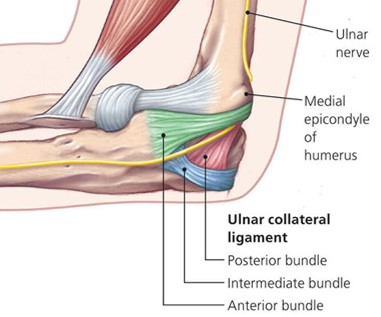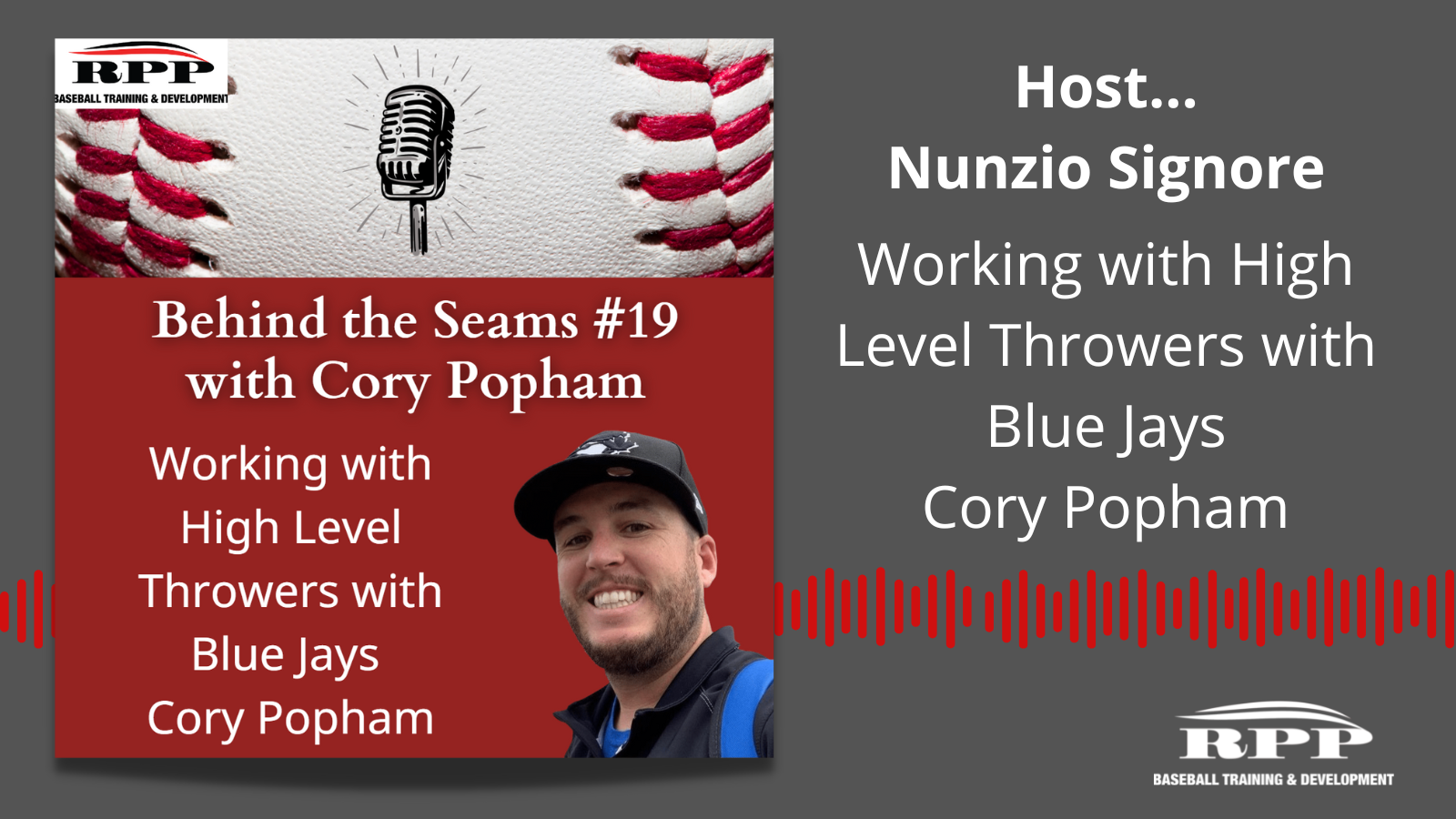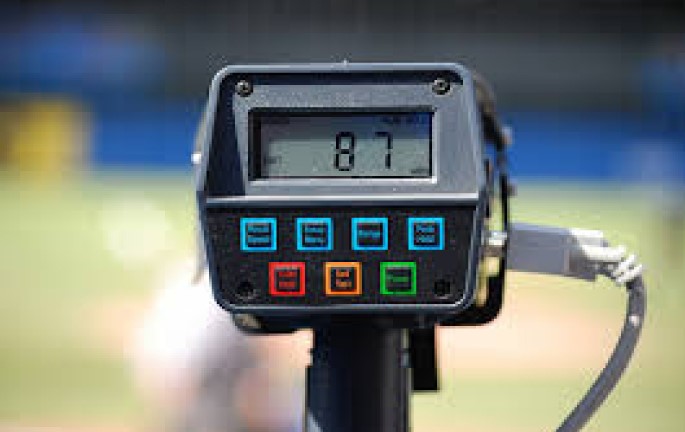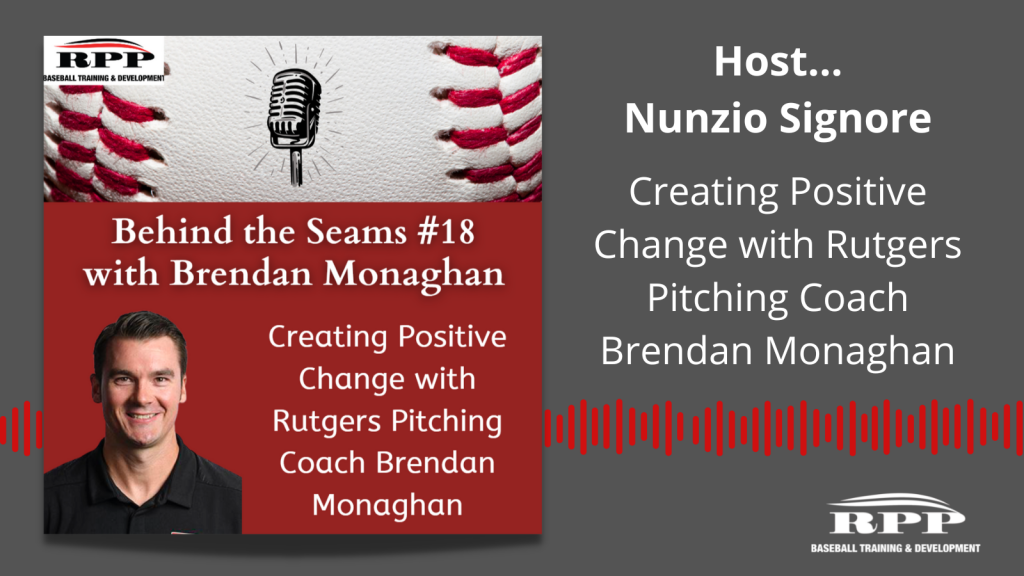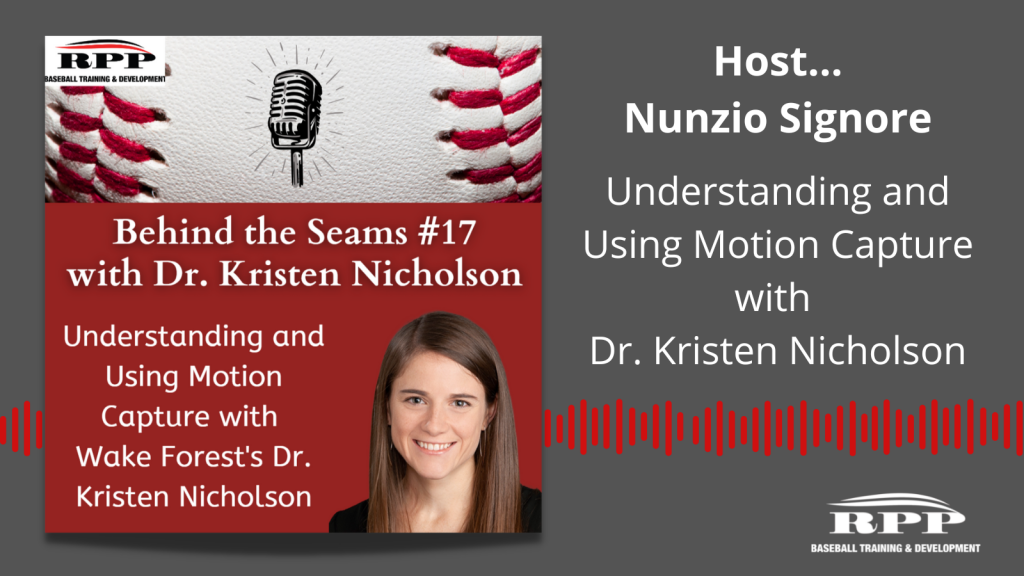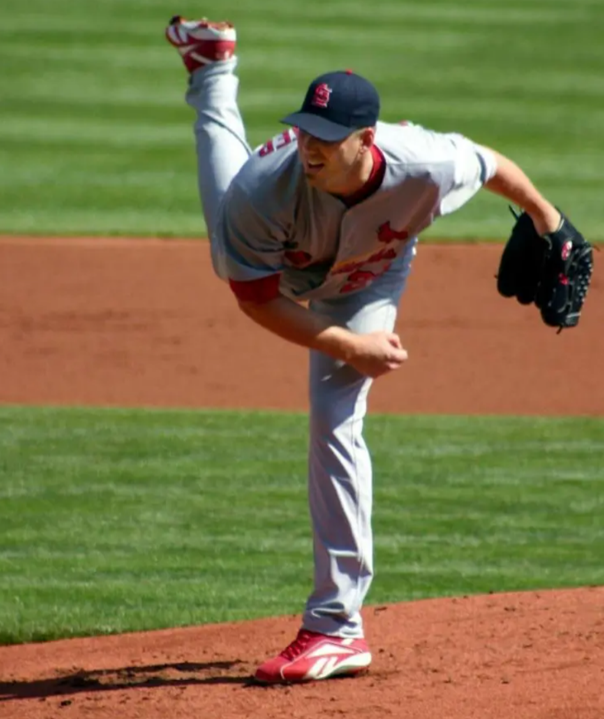
Too many pitchers at all levels either treat their pre-throwing or warmup routine like a hassle or simply do not do it properly. The warm-up program below is meant to provide you with a comprehensive protocol like that being done by top professional ball players. Arm care for pitchers and a proper warm-up program before a game should take 20-25 minutes. Since every pitcher is different, this arm care and warm-up program for pitchers is designed to cover all the bases. Feel free to click each exercise for a “how to” video on proper form.
Enter your email address below to receive your copy of “How to Properly Warm-up as a Pitcher”. And please don’t forget to give us a follow on Instagram / Twitter!

